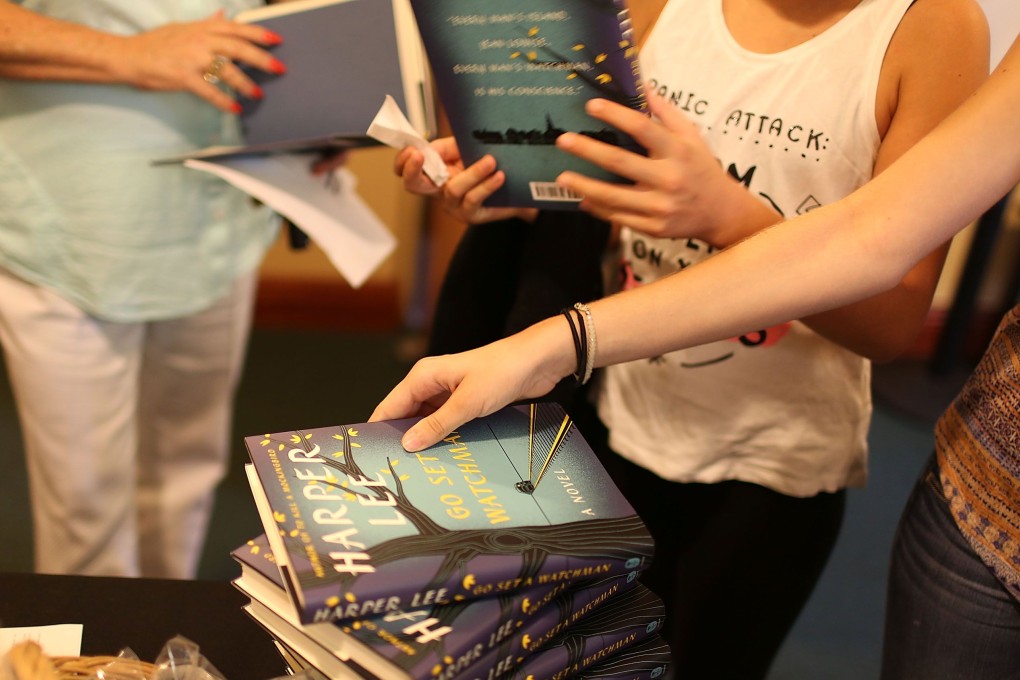Opinion | Harper Lee's To Kill a Mockingbird and Go Set a Watchman can teach us about race and living in Hong Kong
Zuraidah Ibrahim says though differing in tone and style, both of her books, published 55 years apart, are a searing reflection on race and the problems of being different

If you haven't read To Kill a Mockingbird, you must. If you have and haven't yet picked up author Harper Lee's second book, which was published earlier this month, don't bother.
At least, that was how I felt when I finished reading Go Set a Watchman, the most pre-ordered book in publisher HarperCollins' history. It was heart-achingly disappointing if you had gone into it as I did, wanting to reconnect with the characters in Mockingbird as they moved into adulthood in this sequel, published 55 years later. I did not want to lose the hope the first book offered - that young people, through watching the examples of the adults in their lives, learn that one can overcome the barriers of race and difference. In Mockingbird, one came to believe in a world where we are judged not by the colour of our skin but the content of our character, to quote the late civil rights leader Dr Martin Luther King Jnr.
It was the story of a young girl's coming of age as she and her brother watched their lawyer father, Atticus Finch, defend a black man falsely accused of rape in the American deep south before the civil rights movement.
Published in 1960, it resonated instantly with Americans campaigning for an end to racial segregation and discrimination. But its lessons were universal and timeless.

As we read, wept and reread To Kill a Mockingbird, my classmates and my 15-year-old self aspired to be kinder, more empathetic and forgiving of others when we saw Atticus giving his daughter, Scout, one of the best lessons about life: "You never really understand a person until you consider things from his point of view … until you climb into his skin and walk around in it." We adored Atticus for his courage and integrity.
